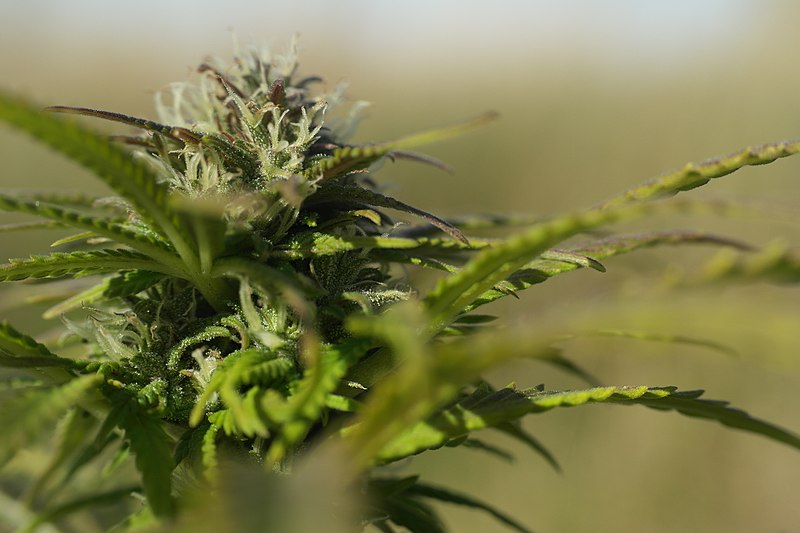
Hashish, often referred to as hash, is a concentrated form of cannabis that has been used for centuries. It is made by collecting and compressing the resinous trichomes from cannabis plants. Here’s an ultimate guide to hash:
Hashish ultimate guide

- History and cultural significance: Hashish has a long history of use in various cultures, particularly in regions like North Africa, the Middle East, and Central Asia. It has been used for its psychoactive and medicinal properties and has played a significant role in spiritual, cultural, and social practices.
- Production methods: Hashish is typically made by separating trichomes, the resin glands that contain cannabinoids and terpenes, from the plant material. Traditional methods involve manually rubbing or beating cannabis buds or trimmings over a screen to collect the resin, which is then pressed or shaped into blocks or other forms. Modern methods may involve using solvents or mechanical means to extract and concentrate the resin.
- Appearance and texture: Hashish can have different appearances and textures depending on the production method and the specific strain used. It can range from soft and pliable to hard and brittle. Common forms include pressed blocks, balls, or slabs, as well as more malleable forms like finger hash or temple balls.
- Potency and cannabinoid profile: Hashish can vary in potency depending on the strain of cannabis used and the quality of the resin. It typically contains higher concentrations of THC compared to cannabis flower, but the exact THC and CBD levels can vary. Some hashish varieties may also have higher levels of other cannabinoids and terpenes, which can contribute to the overall effects and flavor profile.
- Consumption methods: Hashish can be consumed in various ways, including:
- Smoking: One common method is to crumble or break off a small piece of hash and mix it with cannabis flower in a joint or pipe. It can also be smoked in a bong or vaporizer.
- Vaporizing: Hashish can be vaporized using a vaporizer designed for concentrates. This method allows for a more controlled and efficient inhalation of the cannabinoids and terpenes without combustion.
- Edibles: Hashish can be infused into oils or butter to create homemade edibles. The infused products can then be used in cooking or baking, providing a more potent and longer-lasting effect compared to using cannabis flower.
- Dabbing: Some forms of hashish, such as hash oil or solvent-based extracts like rosin, can be consumed through dabbing. Dabbing involves using a specialized rig or vaporizer to heat the concentrate and inhale the resulting vapor.
- Effects: Hashish effects can vary depending on the strain, potency, and individual tolerance. As a concentrated form of cannabis, hashish typically produces stronger and faster-acting effects compared to cannabis flower. Users may experience a more intense psychoactive high, relaxation, euphoria, increased creativity, or physical effects such as sedation or pain relief.
- Legal status: The legal status of hashish varies globally. In some regions, hashish is considered illegal and classified as a controlled substance. However, in other areas, such as certain countries or states with cannabis legalization, hashish may be legally available for recreational or medical use. It’s important to understand and abide by the laws and regulations of your specific jurisdiction.
- Quality and safety: When purchasing hashish, it’s important to obtain it from reputable sources that adhere to quality and safety standards. Look for products that have been tested for potency, purity, and potential contaminants. Hashish made using solvents should undergo proper extraction and purification processes to ensure safety.
- Responsible use: As with any cannabis product, responsible use is essential. Start with a small amount of hash.

Leave a Reply